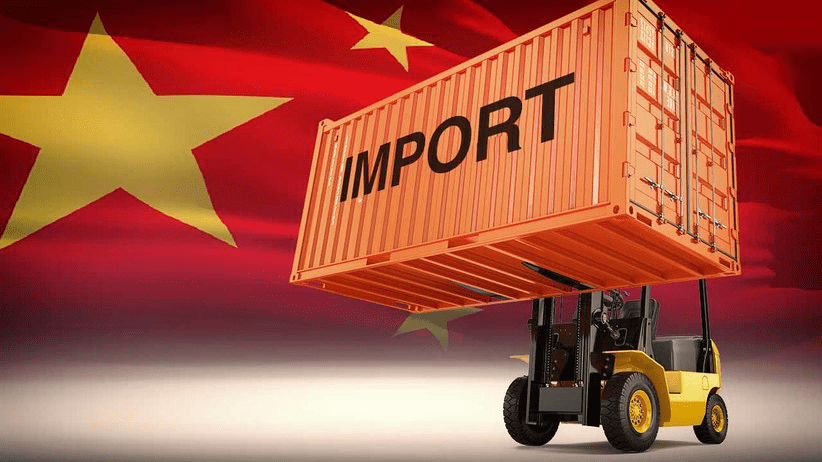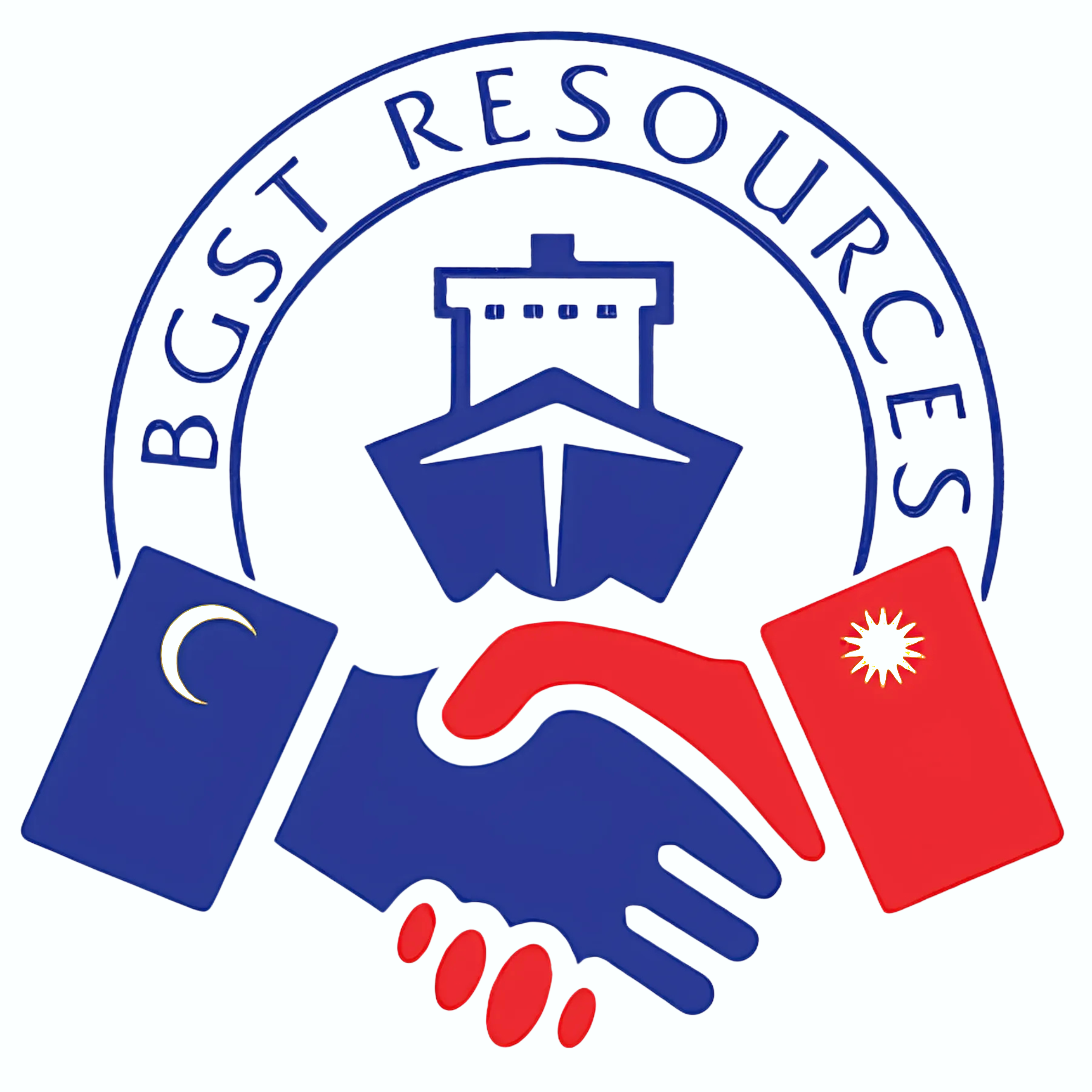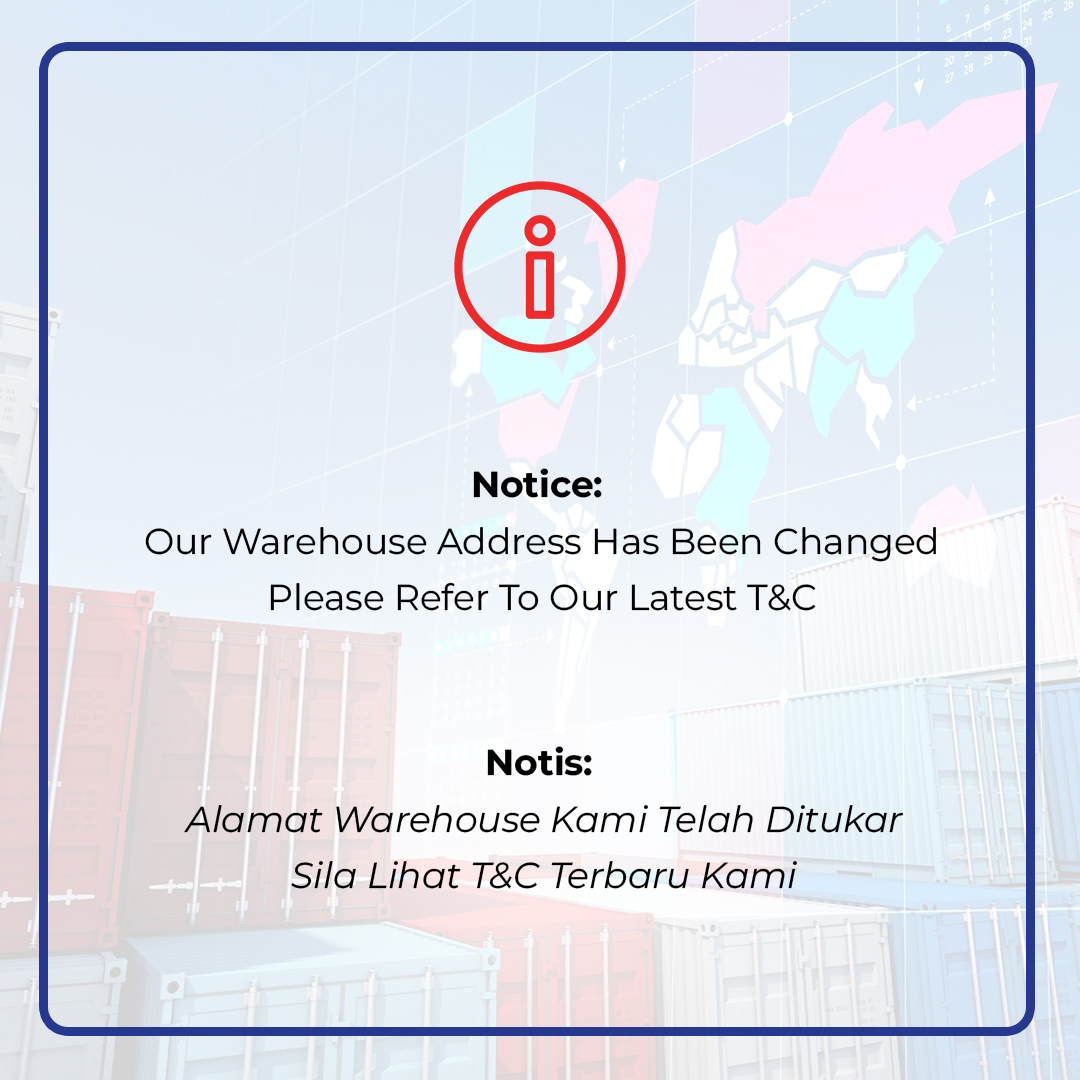
How To Import From China
Almost any product you can think of is being made in China. With their huge manufacturing infrastructure, skilled population and wealth of industry experience, it is no wonder they are commonly referred to as “the factory of the world”. Hence, why so many people import their goods from that country.
By importing from China, many business owners are able to boost their store’s profitability through increasing their margins and getting access to customizable products. So, would you like to know how to import from China? Let’s go through some of the steps you will need to go through for it to happen.
- Choose the goods you want to import
When selecting your products, you want to ensure it has demand in the country you are selling in. Otherwise, you would just waste your money. A few more things to keep in mind when choosing a product is that they have to be easy to transport, reliable and they are not prohibited in your country.
- Find suppliers (in China) for your product
A lot of Chinese Suppliers are either factories or trading companies. Each of them has their own pros and cons so it really depends on what product you are sourcing. If you are a small business that doesn’t need a lot of products in stock, you might want to go to a trading company for their lower MOQs (minimum order Quantity.
If you want to customize your products, such as adding your company brand on them, you might want to select a factory so they can create your custom order. Either way, trading companies and factories both have the same process of importing items so go with the supplier that offers you the best deal rather than what their business model is.
- Buy your goods
This process is quite straightforward. Select the goods and the quantity and pay your supplier. However, if this is the first time you are dealing with your supplier, we suggest you buy with a low initial quantity first so you can see how well the product sells without risking having too much in your storage should the sales flop.
Be sure to get the purchase order and invoices of your products too. These are very important documents as they contain the details of the purchase as well as the product’s specifications (unit quantities, pricing, packaging, etc.). They also cover shipping terms (FOB, EXW, CIF) and payment terms which are needed to identify shipping responsibilities between you and the supplier and ensures the right person receives the payment, respectively.
- Arrange your shipment
This is where the shipping terms come into play. The arrangements you make are based on the terms listed in your purchase order and invoice. FOB means that your supplier manages the inland transportation, loading, export customs clearance and port expenses while you select the carrier and shipping route and handle the import customs clearance and expenses.
For EXW, the supplier only provides packaging and export documents/ certificates while you manage everything else. Inland transportation, loading, export and import customs clearance, selecting carrier and shipping route as well as managing import expenses are now your responsibility. It gives you more control over the process but it is a lot of work.
Lastly, CIF means your supplier does everything including choosing the carrier and shipping route while you only have to deal with import customs clearance and expenses. Once you determine how your shipment will be handled, then you can start calculating the costs and make the necessary preparations to ensure the smooth sailing (or flight) of your cargo.
As far as we know, there are various import export companies in Malaysia for 2022 and above. Among them is through the service that BGST provides.
- Clear your cargo through customs
This is where a lot of people face problems. It is essential that you provide the correct documentation and follow the right procedures unless you want your goods to be detained or examined. If that happens, you will have to pay a hefty fee and face delays in delivery. Your items could also be destroyed in the worst-case scenario.
So be sure to prepare everything you need before hand and consult with a freight forwarding agent or customs agent to ensure that your goods actually leave the port and can be shipped to your address. Keep in mind that the customs process, cost and requirement depend on the value of your shipment. But generally, the higher the shipment value, the higher the cost and requirements.
- Receive your goods and prepare them for sale
Once you have cleared customs, the cargo needs to be retrieved or transported to its final destination. At this stage, people would hire freight forwarders to manage the transportation. Depending on the distance between the landing port and your address, various modes of transportation could be used so be prepared to fork out some cash.
You can also opt to pick up the goods yourself at the port but you will still need to prepare some money for the parking, loading and/or dock fees. After your goods have finally arrived, you can sort them out and package them as you would any other merchandise.
Importing from China can be profitable for your business if you know the right way to do it. Despite the cost of tariffs, customs and transport, with the low prices you can get from wholesale Chinese imports, it makes everything worth it.






